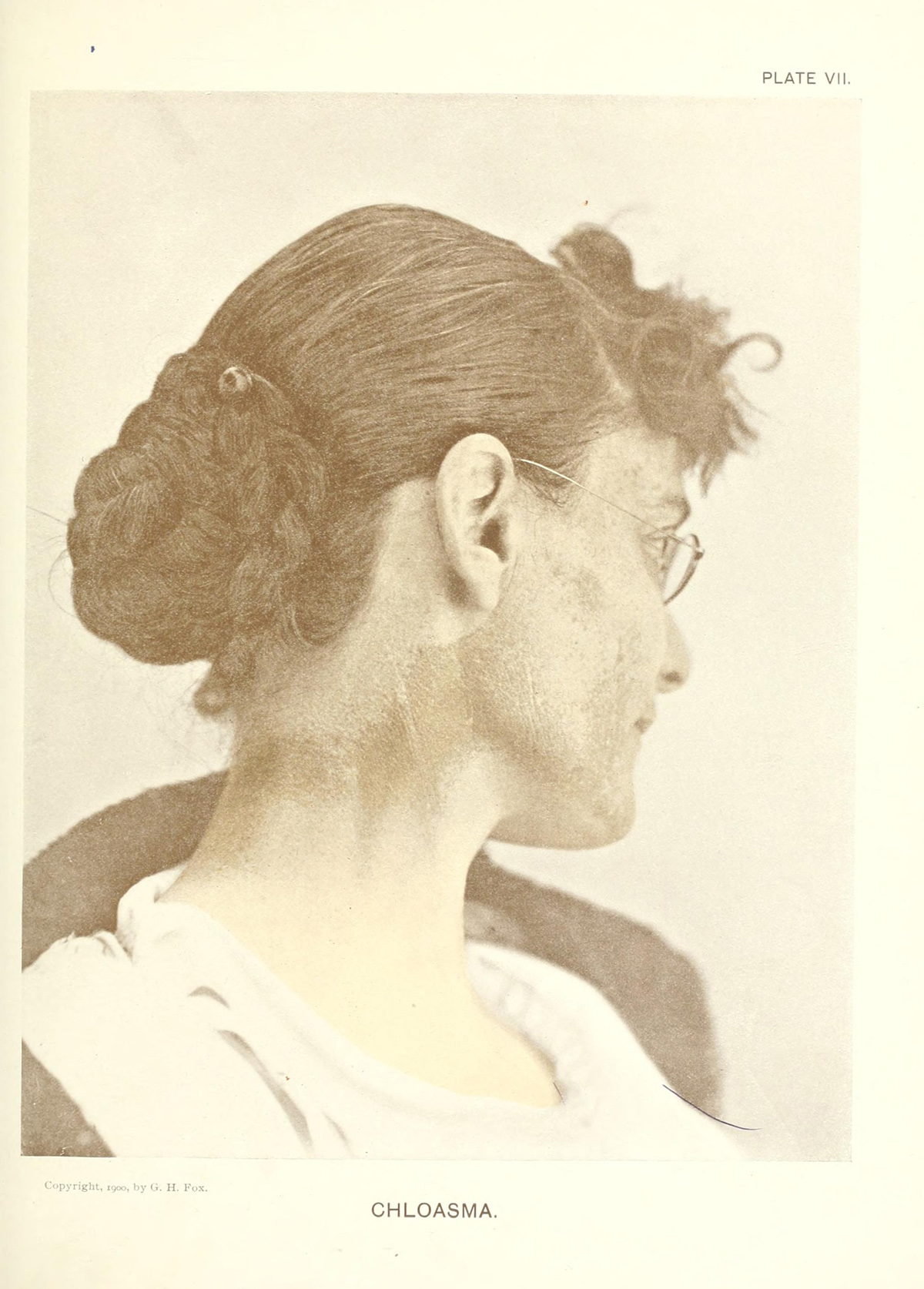
There is a whole variety of skin conditions. All of them cause some kind of skin discoloration and have additional characteristics. White spots on the skin are characteristic for several skin disorders. They may affect each and every part of the body, be localized or spread to the entire body. Apart from the change in color, there may or may not be additional symptoms and signs of the skin condition such as irritation, itchy sensation, burning sensation etc. White spots on the skin commonly occur in three skin conditions, including tinea versicolor, vertigo and idiopathic guttate hypomelanosis.
Tine Versicolor
Tinea versicolor, also known as pityriasis versicolor is a common and benign skin condition. It is neither infective nor malignant. The typical skin changes in tinea versicolor develop due to a yeast Malassezia that is normally found on the skin. Under certain circumstances (for example if the skin becomes too moist, oily and warm) the yeast can uncontrollably grow and cause white spots on the skin. Skin changes in tinea versicolor predominantly affect the upper arms, abdomen, neck and thighs. Tinea versicolor is successfully treated with anti fungal medications such as terbinafine, miconazole and clotrimazole.
Vitiligo
Vitiligo is another skin disorder that typically features with white spots on the skin. It is estimated that vitiligo affects 1-2% of all people which makes it a very common skin condition. In patients suffering from vitiligo there are specific white spots or patches on the skin. The exact cause of vitiligo has not been identified yet. Still, the condition tends to affect people who are already suffering from some autoimmune diseases such as hyperthyroidism, pernicious anemia, alopecia areata, adrenocortical insufficiency etc. Furthermore, stress has also been associated with the onset of vitiligo. Vitiligo usually runs in families. There are many treatment modalities for vitiligo. However, not all of them provide with optimal and desirable results.
Idiopathic Guttate Hypomelanosis
In patients suffering from idiopathic guttate hypomelanosis the skin is covered with flat white spots that are typically between 2 and 5 mm in diameter. The very name of the condition refers to skin changes. Namely, idiopathic is a term that refers to unknown reason meaning that the exact cause of the condition is unknown. Guttate is a word originating from the Latin language and it is a term that means drops. And finally, hypomelanosis refers to lighter color of the affected skin. The skin changes typically affect the areas of the forearms and shins exposed to the sun but they may also develop on the shoulders, neck and the face. The skin changes are either smooth or scaly. The condition generally affects people over the age of 40, hence it is associated with the normal process of aging.



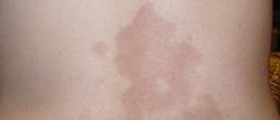



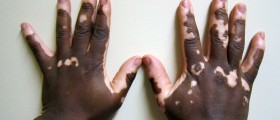




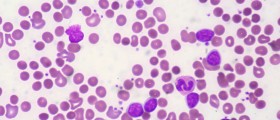



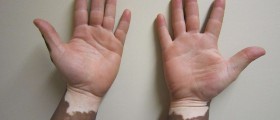
Your thoughts on this
Loading...